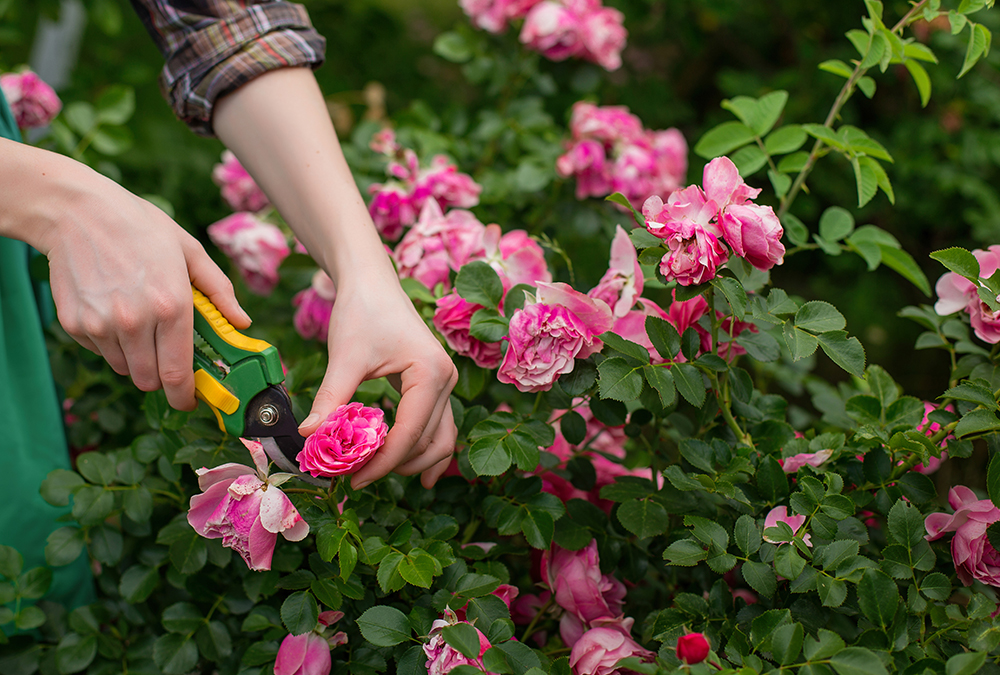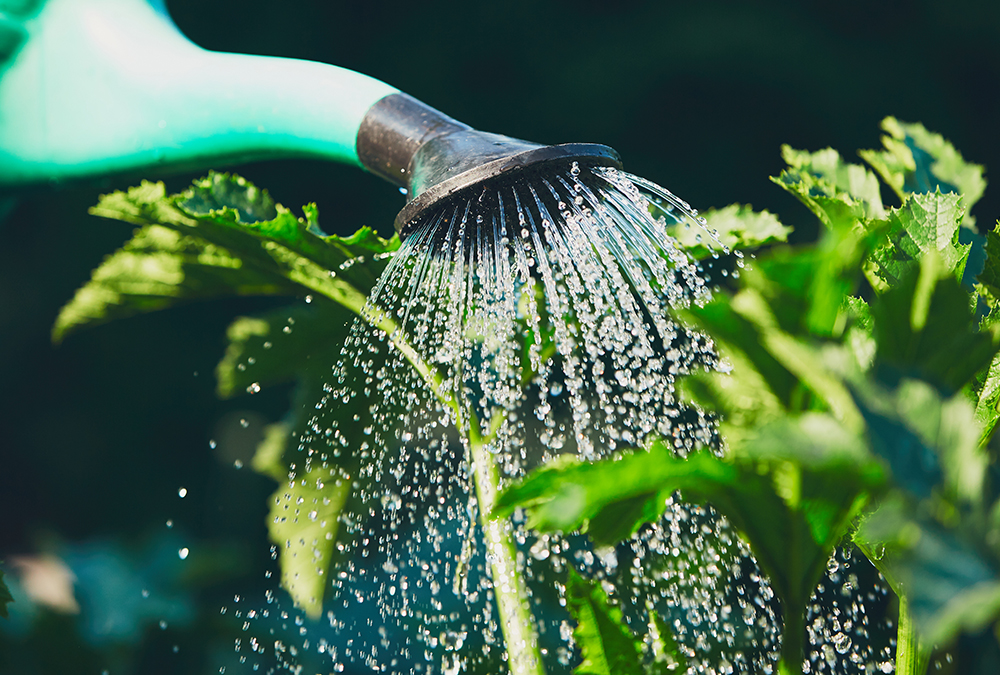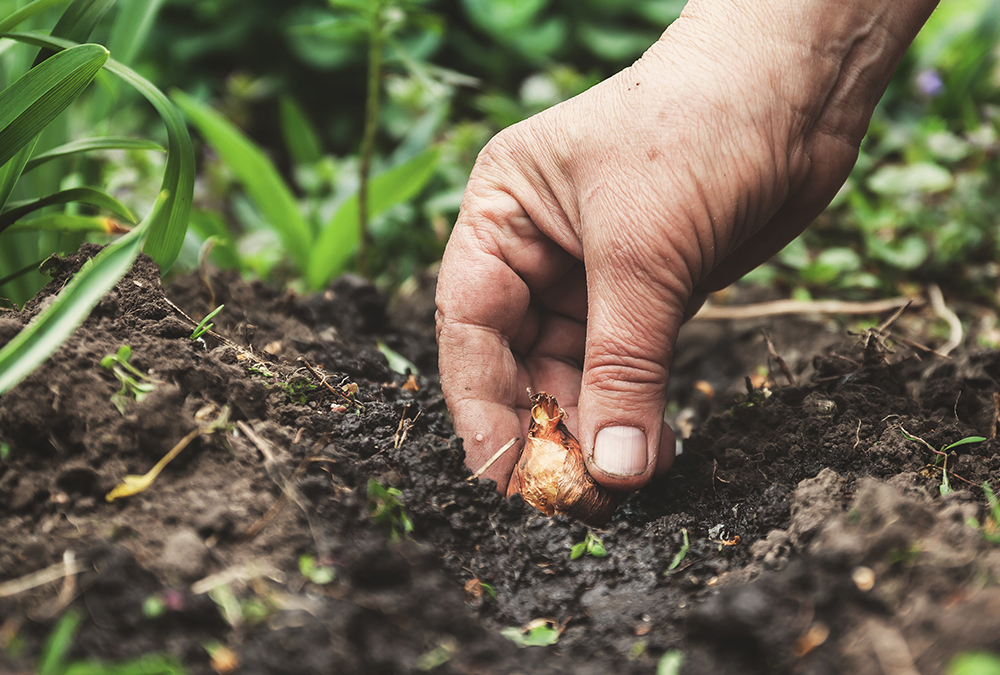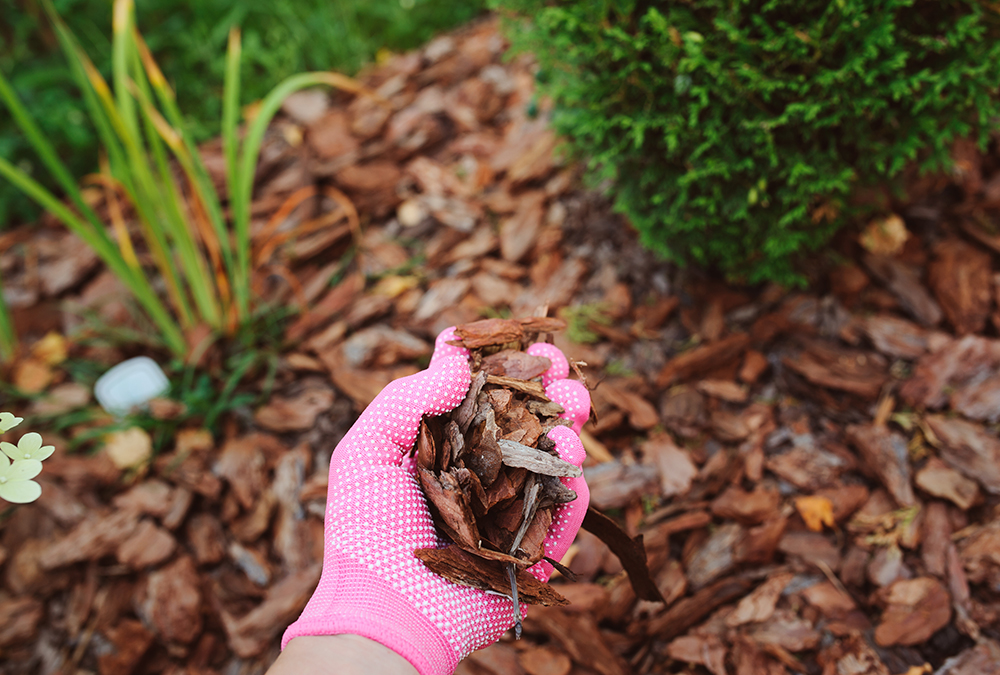How to Prep Your Yard for Fall Like a Pro
Fall is one of the most magical times of the year — and a welcome change from the hot days of summer. We take sweatshirts out of storage, sip pumpkin-spiced drinks, and enjoy a host of seasonal foods.
Autumn’s dropping temperatures mean winter is right around the corner. So what does that mean for your yard? It’s easy to transition from summer to winter, if you follow these simple prep tips by Costa Farms.
Pruning

One of the most common questions we get is about when you should cut back plants. As a general rule, you can cut back annuals after a hard frost has killed them. Perennials give you a choice. You can leave them standing to provide winter interest (and act as a helpful reminder in spring of where your favorite perennials are before they pop back up), or cut them back after a hard frost.
Hold off pruning trees and shrubs. Depending on the variety, you’re better off waiting until midwinter or early spring, just before or as they put out new leaves. The same goes for roses. Prune them in early spring to help them make it through the winter, especially if you live in a cold-winter area.
Watering

It’s helpful to give your perennials, shrubs, and trees a good soaking before freezing weather arrives. This is especially true if it’s been dry in your area. Evergreens, in particular, will thank you. They store water reserves in the fall for hydration all winter until the soil thaws and moisture becomes available again.
Planting

Fall is the time to plant colorful spring-blooming bulbs like tulips, daffodils, crocuses, and hyacinths. The best time to plant is after nighttime temperatures no longer rise above 50F (10C) but before the soil freezes. If you want to add new perennials, trees, or shrubs, try to get them in the ground around four weeks before the soil freezes. Even if frosty weather nips their growing shoots, their roots will continue developing.
Mulching

A good layer of winter mulch can make the difference of whether your plants make it through the winter or not. This is especially true if you grow varieties that are considered marginally hardy where you live. The secret to winter mulch is applying it after the soil freezes (when daily temperatures stay below freezing). Wondering why? Mulch helps keep soil cold all winter, so it doesn’t go through a cycle of freezing and thawing on warm winter days. This process can push plants up, exposing their roots to fatal freezing temperatures.



